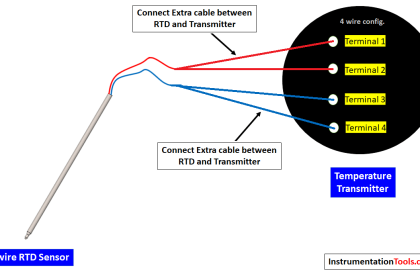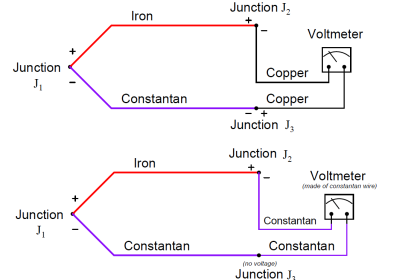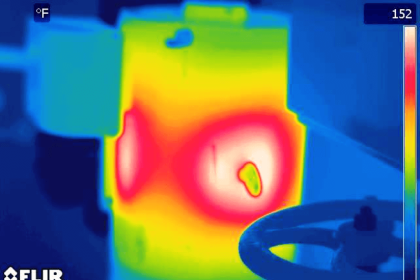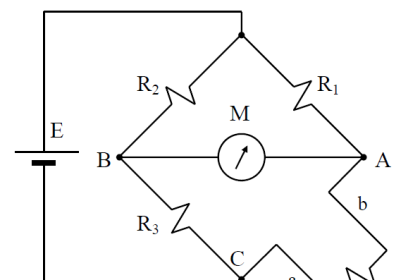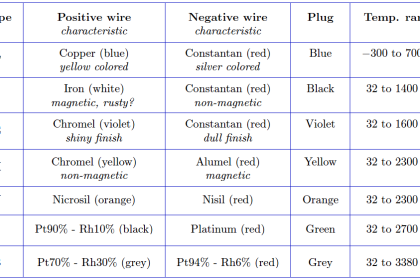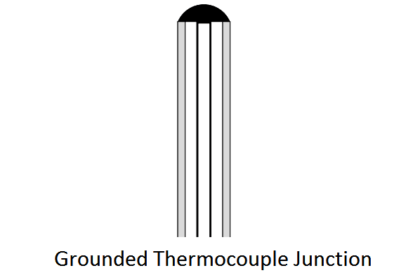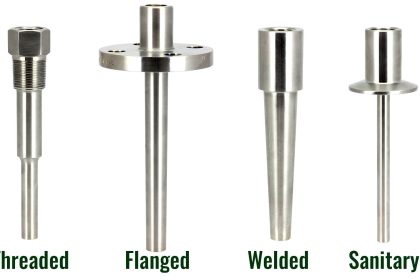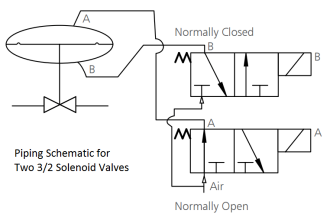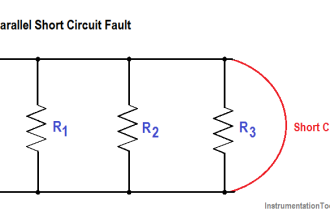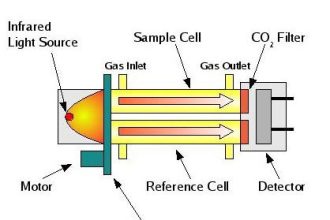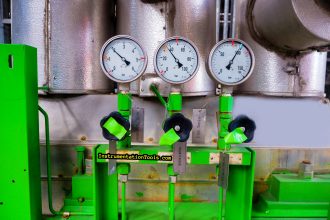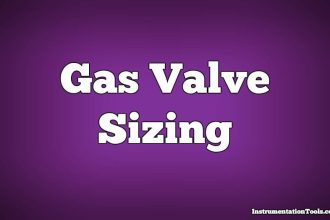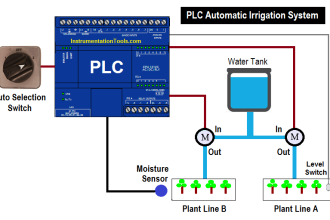Functions of Temperature Detectors
Although the temperatures that are monitored vary slightly depending on the details of facility design, temperature detectors are used to provide three basic functions: indication, alarm, and control. The temperatures monitored may normally be displayed in a central location, such as a control room, and may have audible and visual alarms associated with them when specified preset limits are exceeded. These temperatures may have control functions associated with them so that equipment is started or stopped to support a given temperature condition or so that a protective action occurs.
Detector Problems
In the event that key temperature sensing instruments become inoperative, there are several alternate methods that may be used. Some applications utilize installed spare temperature detectors or dual-element RTDs. The dual-element RTD has two sensing elements of which only one is normally connected. If the operating element becomes faulty, the second element may be used to provide temperature indication. If an installed spare is not utilized, a contact pyrometer (portable thermocouple) may be used to obtain temperature readings on those pieces of equipment or systems that are accessible.
If the malfunction is in the circuitry and the detector itself is still functional, it may be possible to obtain temperatures by connecting an external bridge circuit to the detector. Resistance readings may then be taken and a corresponding temperature obtained from the detector calibration curves.
Environmental Concerns
Ambient temperature variations will affect the accuracy and reliability of temperature detection instrumentation. Variations in ambient temperature can directly affect the resistance of components in a bridge circuit and the resistance of the reference junction for a thermocouple. In addition, ambient temperature variations can affect the calibration of electric/electronic equipment. The effects of temperature variations are reduced by the design of the circuitry and by maintaining the temperature detection instrumentation in the proper environment.
The presence of humidity will also affect most electrical equipment, especially electronic equipment. High humidity causes moisture to collect on the equipment. This moisture can cause short circuits, grounds, and corrosion, which, in turn, may damage components. The effects due to humidity are controlled by maintaining the equipment in the proper environment.
Detector Uses Summary
1.Temperature detectors are used for:
- Indication
- Alarm functions
- Control functions
2.If a temperature detector became inoperative:
- A spare detector may be used (if installed)
- A contact pyrometer can be used
3.Environmental concerns:
- Ambient temperature
- Humidity
